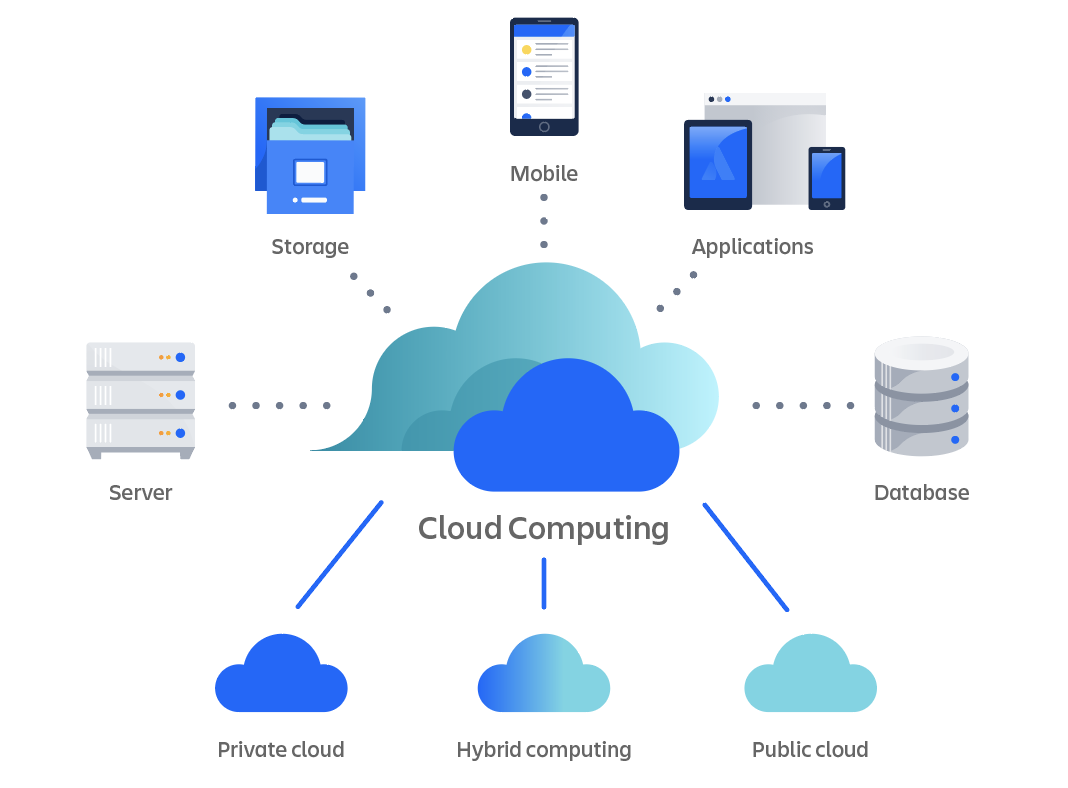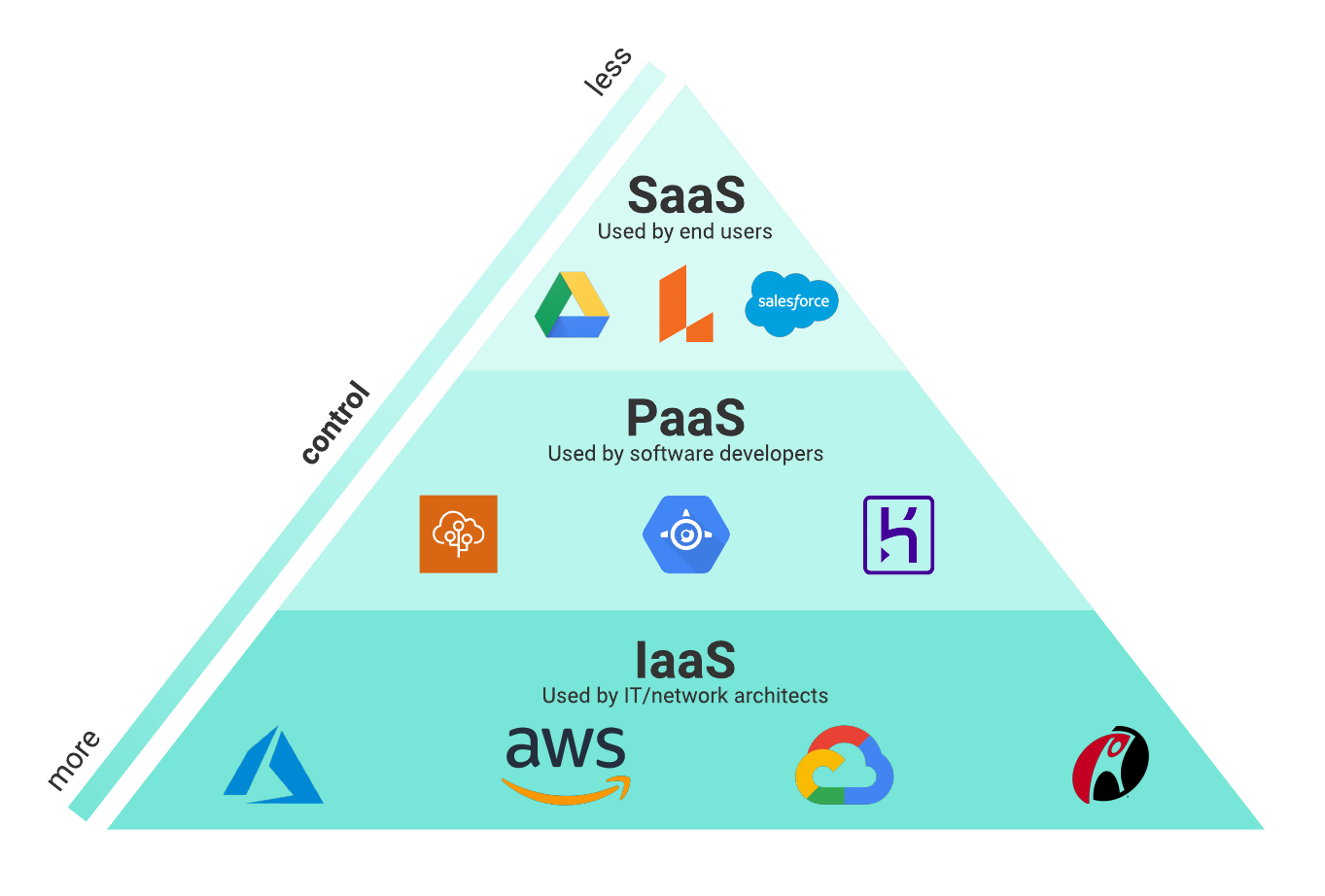Drive Innovation: Taking Advantage Of the Power of Cloud Services
In the busy landscape of contemporary business, harnessing the power of cloud solutions has actually come to be a critical element for companies intending to drive development and maintain an one-upmanship. The capability to scale sources dynamically, embrace advanced innovations perfectly, and streamline growth processes efficiently can dramatically influence an organization's ability to adapt and innovate. As we discover the elaborate relationship in between cloud services and development, intriguing understandings on how cloud remedies change standard company techniques and pave the means for groundbreaking innovations will certainly be revealed.
Advantages of Cloud Services
Cloud solutions offer many benefits to services and people looking for versatile and reliable services for their electronic needs. Among the key advantages of utilizing cloud services is the cost-effectiveness they give. By moving to the cloud, companies can eliminate the requirement for costly on-premises hardware and upkeep expenses, instead going with a pay-as-you-go version that lines up with use. This scalability permits companies to readjust resources based upon demand, leading to optimum cost monitoring.
Furthermore, cloud services improve availability and partnership among teams. With data stored in the cloud, workers can safely access data and applications from anywhere with a web link, promoting remote work abilities and improving performance. Real-time cooperation features allow several individuals to function on papers concurrently, cultivating seamless synergy despite physical place.
An additional benefit of cloud solutions is the improved data security and calamity recuperation they offer. Cloud suppliers carry out sophisticated safety and security measures to safeguard data from cyber hazards, making certain conformity with industry policies. Additionally, automated back-ups and recovery solutions reduce the danger of data loss as a result of unanticipated events, supplying peace of mind to customers.
Cloud Migration Strategies
Transitioning to cloud services involves meticulous planning and calculated execution to guarantee a smooth and effective movement process. When moving their procedures to the cloud, there are numerous cloud migration strategies that organizations can take into consideration. One usual technique is the 'Rehost' method, where applications are raised and changed to the cloud with marginal modifications. This method is quick yet might not completely maximize cloud advantages. The 'Replatform' technique involves making some cloud optimizations throughout migration, such as updating the application style to make use of cloud-native features. universal cloud Service. For an extra extensive change, the 'Refactor' strategy includes rearchitecting applications to be cloud-native, boosting scalability and efficiency. Additionally, the 'Repurchase' approach includes changing existing software application with cloud-based choices, while the 'Retire' method involves deactivating redundant applications. Selecting the appropriate movement approach depends upon variables like expense, timeline, and wanted outcomes, calling for a careful analysis of each option's advantages and challenges.
Enhancing Partnership in the Cloud
Enhancing team partnership through cloud-based tools can dramatically improve performance and simplify interaction within companies. By leveraging cloud solutions, groups can work with each other seamlessly regardless of their physical locations, enabling real-time partnership on tasks.

Protection Considerations for Cloud Fostering
Exactly how can organizations make certain the durable safety and security of their information when taking on cloud services? Protection considerations are paramount in the adoption of cloud solutions. To protect information, companies must first perform a complete risk evaluation to identify possible vulnerabilities and dangers. Implementing strong security methods for data both in transportation and at rest is important. Accessibility control mechanisms must be placed in place to restrict unauthorized access, and multi-factor authentication can add an added layer of safety and security. Normal safety audits and monitoring of the cloud environment help in finding and alleviating any type of protection violations promptly.

Cloud-Native Technology Practices
In the realm of cloud computer, embracing cloud-native technology methods is vital for companies aiming to maximize their digital framework and improve operational performance. Cloud-native development techniques involve establishing applications especially for cloud settings, leveraging the scalability, flexibility, and dexterity that cloud services provide. By making applications with cloud-native principles in mind, such as microservices architecture, containerization, and orchestration, companies can streamline their advancement procedures, improve source utilization, and react much more successfully to transforming market needs.
Furthermore, cloud-native advancement practices promote constant assimilation and Going Here continuous delivery (CI/CD) pipelines, making it possible for automated testing, implementation, and tracking of applications. This repetitive strategy fosters faster development cycles and boosts overall software quality. In addition, making use of serverless computer and managed services enables organizations to concentrate on establishing core service capabilities while unloading infrastructure administration tasks to shadow provider.
Fundamentally, accepting cloud-native technology techniques encourages companies to drive advancement, speed up time-to-market, and stay competitive in today's quickly advancing electronic landscape.
Final Thought

As we explore the detailed relationship in between cloud services and technology, intriguing understandings on why not try here exactly how cloud solutions change conventional organization practices and pave the means for groundbreaking improvements will be exposed. - Cloud Services
There are numerous cloud movement methods that organizations can take into consideration when moving their procedures to the cloud. Cloud-native innovation methods include creating applications particularly for cloud settings, leveraging the scalability, adaptability, and agility that cloud solutions offer. Additionally, the usage of serverless site link computing and took care of solutions enables organizations to concentrate on establishing core company capabilities while offloading infrastructure monitoring jobs to cloud solution providers.
It is critical for business to take into consideration cloud movement techniques, enhance cooperation in the cloud, and focus on safety steps to make sure successful fostering of cloud services and drive development within their company.